Electronic Types, Functions, and Future Trends
3/9/2023 11:21:33 AM
Consumer electronics encompass a wide range of devices such as smartphones, tablets, laptops, TVs, and smart home appliances. They consist of various electronic components that enable their functionality.
Common Electronic Components Found in Consumer Electronics:
Resistors:
Resistors are fundamental components used to control or limit the current flowing through circuits. There are various types of resistors:
Fixed Resistors: These have a static resistance value and are typically used to set the bias point in a circuit. A common example is the 1k ohm resistor which is used in a multitude of applications.
Variable Resistors: They can be adjusted to different resistance values. There are different types of variable resistors such as:
Potentiometers: Used for volume control in audio equipment.
Rheostats: Utilized to control current, for instance, in light dimmers.
Power Ratings: Resistors also have power ratings which indicate how much power they can safely dissipate, common power ratings include 1/4 watt, 1/2 watt, 1 watt, etc.
Capacitors:
Capacitors store and release electrical energy, and they come in different types, each with its own set of characteristics:
Electrolytic Capacitors: Often used in power supply filters, they have high capacitance values.
Ceramic Capacitors: Known for their small size, they are used in high-frequency applications like RF circuits.
Film Capacitors: Used in analog signal circuits and power applications.
Tantalum Capacitors: They are reliable and are used in military and aerospace applications due to their stability.
Parameters like capacitance value, voltage rating, and tolerance need to be considered when selecting capacitors for a particular application.
Inductors:
Inductors store energy in the form of a magnetic field when electrical current flows through them. They come in various forms:
Air Core Inductors: Used in high-frequency applications.
Iron Core Inductors: Suitable for low to medium-frequency applications.
Toroids: These have a donut shape and are used in a variety of applications due to their efficiency.
Chokes: Used to block higher-frequency AC in a circuit while passing lower-frequency signals.
Key parameters include inductance value, current rating, and Q factor, which is a dimensionless parameter that indicates the quality of the inductor.
Diodes:
Diodes are semiconductor devices that allow current to flow in one direction only. Types of diodes include:
Signal Diodes like the 1N4148, used for general-purpose applications.
Rectifier Diodes used in power supply circuits.
Zener Diodes used for voltage regulation.
Light Emitting Diodes (LEDs) used for lighting.
Photodiodes used for light sensing in various electronics like automatic soap dispensers.
Diode parameters include peak inverse voltage (PIV), current rating, and switching speed.
Transistors:
Transistors are semiconductor devices used for amplification, switching, and signal modulation. Types of transistors include:
Small Signal Transistors like the BC547, used for amplification and switching in low power applications.
Power Transistors like the TIP41C, used in high power applications.
Bipolar Junction Transistors (BJTs), Junction Field Effect Transistors (JFETs), and Metal Oxide Semiconductor Field Effect Transistors (MOSFETs) are other popular types.
Key parameters include gain, switching speed, and power dissipation.
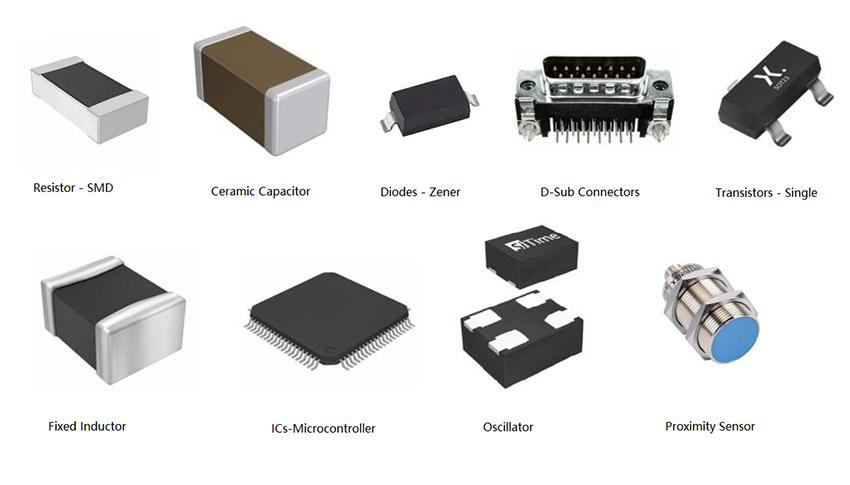
Integrated Circuits (ICs):
Integrated Circuits (ICs) are assemblies of multiple electronic components such as transistors, resistors, and capacitors in a single package:
Analog ICs process continuous signals, with Operational Amplifiers (Op-Amps) being a common example.
Digital ICs handle discrete signals; common examples include Microcontrollers, Graphic Processing Units (GPUs), and Application-Specific Integrated Circuits (ASICs).
ICs can have hundreds of pins and complex internal structures, allowing them to perform complex functions.
Oscillators:
Oscillators are circuits that generate periodic waveforms. They use components like crystals, Resistive-Capacitive (RC) networks, and amplifiers to generate waveforms:
Crystal Oscillators provide precise frequency oscillation and are used in clocks and radios.
Relaxation Oscillators and RC Phase Shift Oscillators are used in a variety of electronic applications.
Output frequency stability is crucial for the correct operation of the circuits they are used in.
Connectors:
Connectors are used to establish electrical connections between different parts of an electronic device or between different devices:
Card Edge Connectors, D-subminiature, RJ11/45, BNC, and USB are some common types of connectors.
They are characterized by the number of contacts, pitch (distance between contacts), and mating cycles (how many times they can be connected and disconnected without failure).
Sensors:
Sensors are used to detect changes in the environment and convert them to electrical signals:
Types of sensors include Accelerometers for motion detection, Gyroscopes for orientation, Proximity Sensors, Ambient Light Sensors for lighting conditions, and Hall Effect Sensors for magnetic field detection.
Important parameters are sensitivity, dynamic range, accuracy, linearity, and hysteresis, which affect how the sensor performs in different conditions and applications.
Future trends in components for consumer electronics
Continued Miniaturization:
The trend of miniaturization is set to continue as technological advancements facilitate the shrinking of components. This particularly applies to chips and processors, which are integral to the functionality of devices. The drive towards sleeker, more compact device designs necessitates smaller components, allowing for enhanced portability and aesthetic appeal. Miniaturized components can also contribute to reducing production costs and improving energy efficiency.
Increased Processing Power:
Following Moore's Law, which predicts a doubling of transistors in a dense integrated circuit approximately every two years, we can expect consumer electronics to boast significantly faster processors and Graphics Processing Units (GPUs). This increased processing power will enable devices to handle more complex tasks, improving user experience and enabling new applications such as advanced gaming, real-time analytics, and augmented reality.
More Onboard Memory:
As memory technology advances and costs continue to decrease, consumer electronics will feature larger amounts of built-in storage space. A notable milestone could be the provision of 1 Terabyte (TB) of base storage in smartphones, enabling users to store more data locally and access it more rapidly.
Better Displays:
The pursuit of enhanced visual experience will drive the development of higher resolution, brighter, and more vivid displays. Mainstream devices may soon boast 4K or even 8K screens, providing ultra-clear imagery. Concurrently, advancements in display technology will lead to thinner screens that consume less power, further contributing to the miniaturization and energy efficiency trends.
Longer Battery Life:
Improvements in battery technology alongside more efficient electronic components will result in longer battery life. Consumers will benefit from reduced charging frequency, making devices more convenient for extended use, especially in situations where charging facilities are scarce.
Improved Cameras:
Camera technology will continue evolving, packing more megapixels into smaller modules. Enhancements in low-light performance, High Dynamic Range (HDR) imaging, video resolution, and frame rates are expected. These improvements will cater to the growing consumer demand for high-quality imaging and video recording capabilities.
5G Connectivity:
The rollout of 5G networks is revolutionizing data communication with faster data speeds and lower latency. Consumer electronics featuring built-in 5G modems will become more prevalent, enabling innovations such as mobile gaming, augmented/virtual reality, and seamless cloud services that require high-speed, reliable internet connectivity.
Biometrics:
The integration of biometric sensors like fingerprint and facial recognition will become more prominent for enhanced security and authentication. These technologies provide a seamless and secure user experience, aligning with the growing consumer demand for privacy and data protection.
Voice Assistants:
Advancements in Artificial Intelligence (AI) and Natural Language Processing (NLP) technologies will foster deeper integration of voice assistants into consumer electronics. The expansion of offline voice control capabilities will offer improved accessibility and user-friendliness, enabling more intuitive interactions with devices.
Sustainability:
The electronics industry is moving towards more sustainable manufacturing practices and materials. The focus on recyclability and reduced environmental impact reflects a broader societal shift towards sustainability. Consumers can expect electronic components and devices that adhere to higher environmental standards, including the use of recycled materials and reduced energy consumption.
These trends encapsulate a rapidly evolving consumer electronics landscape, shaped by technological innovation, evolving consumer preferences, and a growing societal emphasis on sustainability.
Blog Category
NewsLatest Products
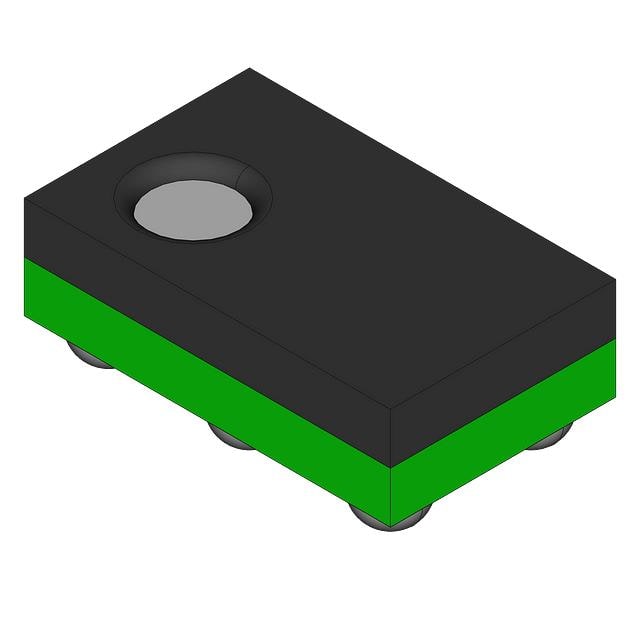
-
IP5002CX8/P135
NXP USA Inc.
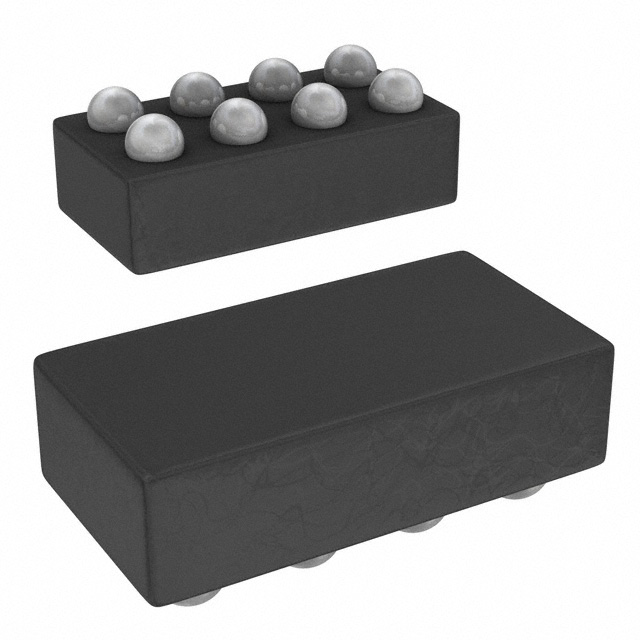
-
ADAU7002ACBZ-RL
Analog Devices Inc.
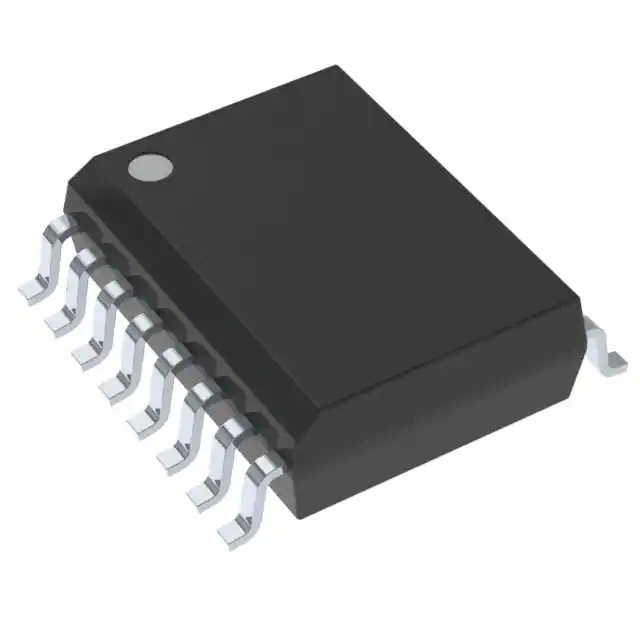
-
PGA2320IDW
Texas Instruments
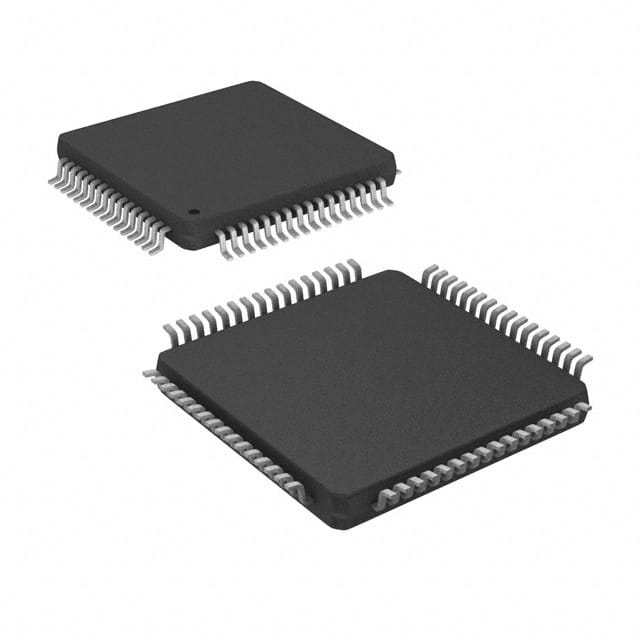
-
SRC4184IPAG
Texas Instruments
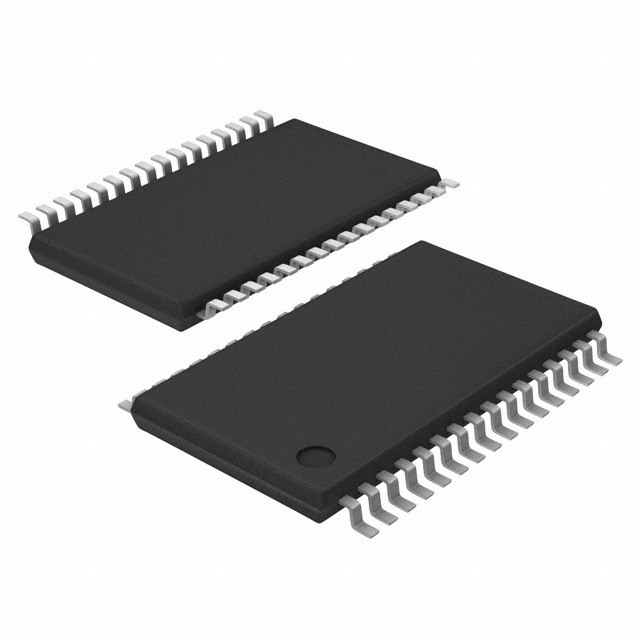
-
MUSES72320V-TE2
Nisshinbo Micro Devices Inc.
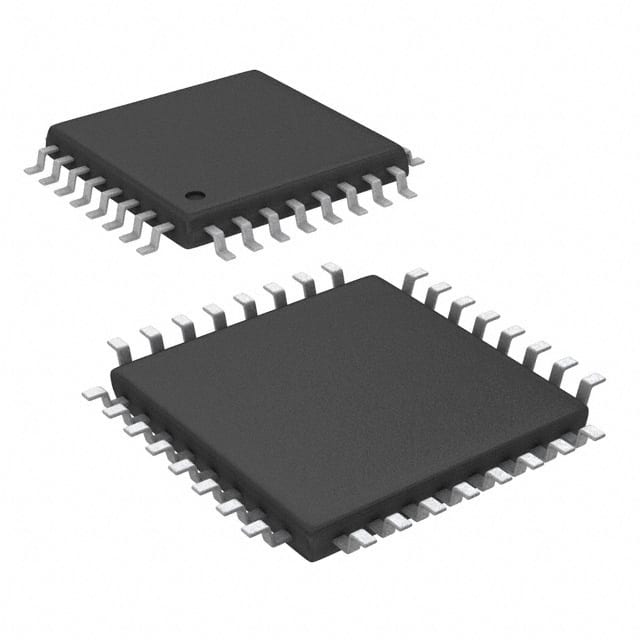
-
PCM2706CPJT
Texas Instruments
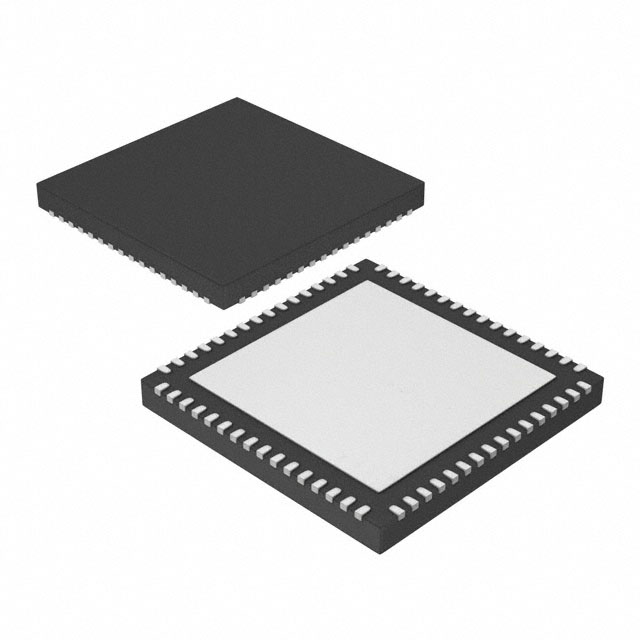
-
ZL38040LDG1
Microchip Technology

-
PGA2310UA/1K
Texas Instruments

- Help you to save your cost and time.

- Reliable package for your goods.

- Fast Reliable Delivery to save time.

- Quality premium after-sale service.
-
Tel
+86 14706745934


